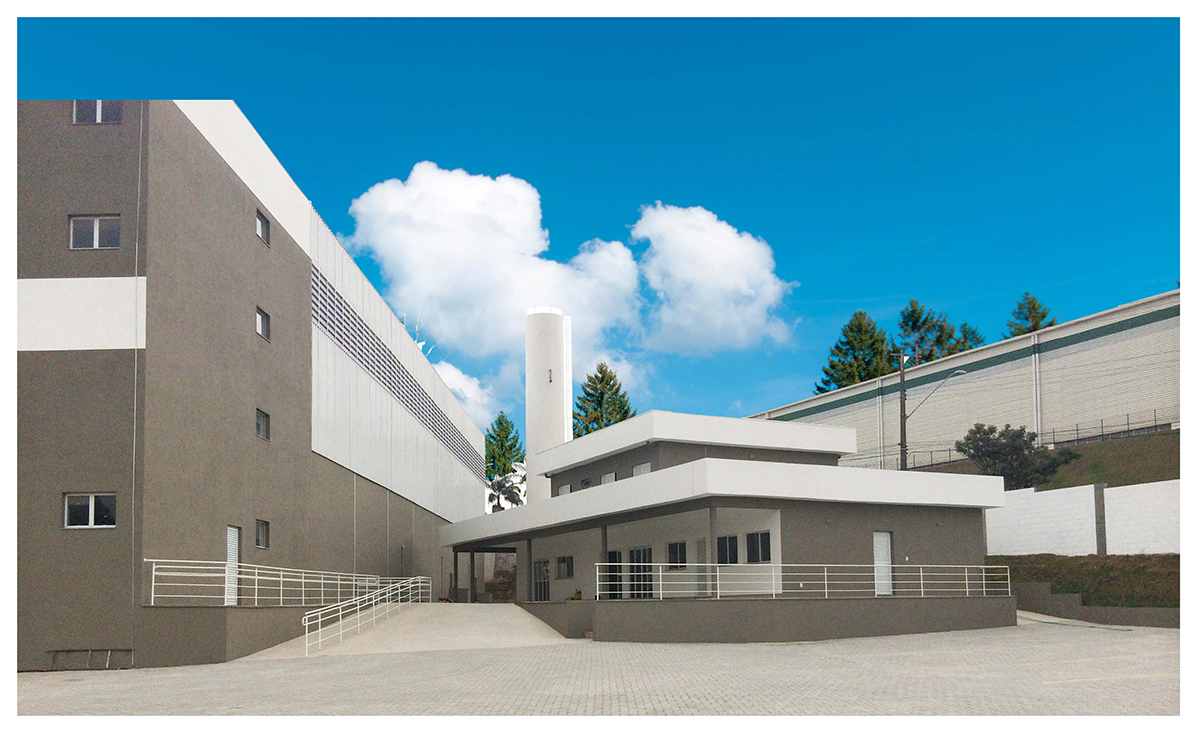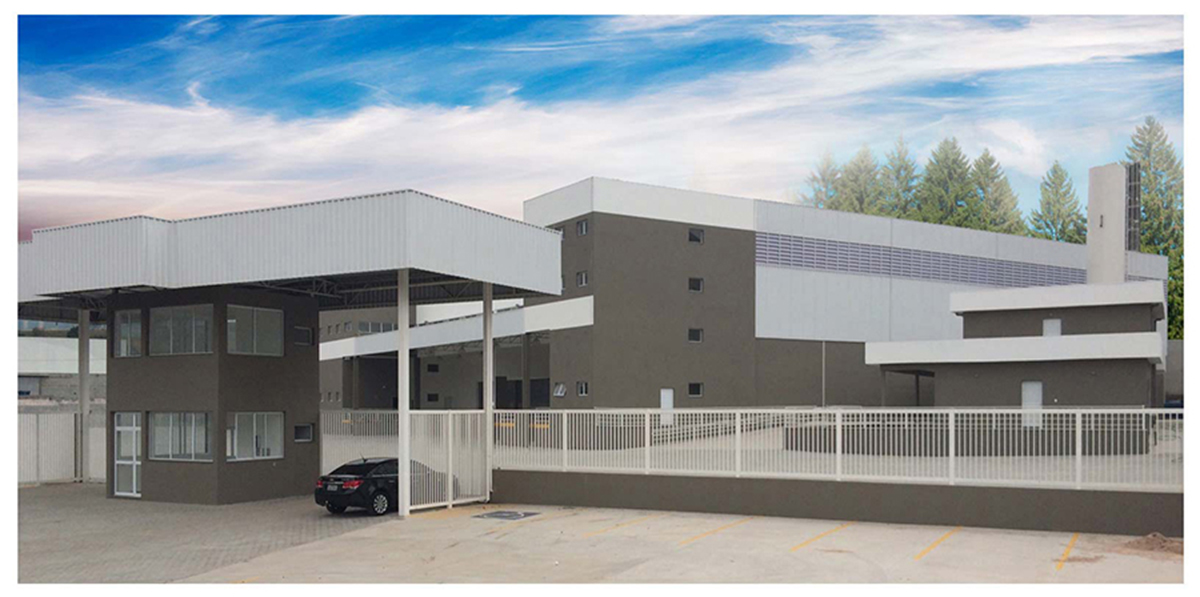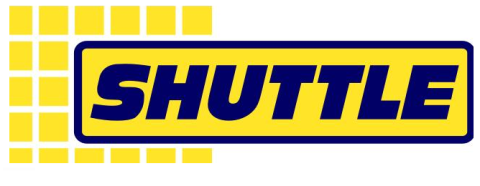Built to Suit
LOGCOPR acts through “Built-to-suit.” This format of construction, bound to location, consists of a contract model in which LOGCORP enables a specified facility according to the guidelines and technical interests of a future renter, for a pre-established period of time. This way, the renter does not invest or disenable its own resources with constructions that are out of their scope, through outsourcing.It is through this activity of developing and constructing that LOGCORP works, and in this, tries to fulfill the needs of every client. By doing this it is possible, along with offering always the best answer financially, to supply the client with facilities with favorable accesses and locations, updated construction aspects, best configuration, and distribution of the areas.
The deadline for renting is always established in such a way that LOGCORP won’t have its economic viability compromised by construction and adequacy processes costs. However, the renter will have technologically appropriate building resources.
This kind of partnership has a win-win scenario where the investor has guarantees and results in their investments, and the renter can count on a property fitting to their needs and specifications, without having to invest anything out of their operational focus, being able to spend financial resources better.
Advantages in this type of operation:
Buildings and sheds suitable to the client’s needs
Possibility of allocation of resources of the client’s core business
Sale or Leaseback
“Sale and leaseback” is used for purchase of property by the client, which is a type of atypical contract of property renting for a specific, pre-established period, while also being under specific terms.
The main advantages of this sort of operation are:
-Possibility of relocation of resources in the client’s core business
-Tax benefits
-Exemption of managing responsibility of the property
When choosing the renting contract, the client decreases his assets, incurring payments such as operational expenses, which decreases the results obtained in its balance sheet, obtaining tax profits.

















